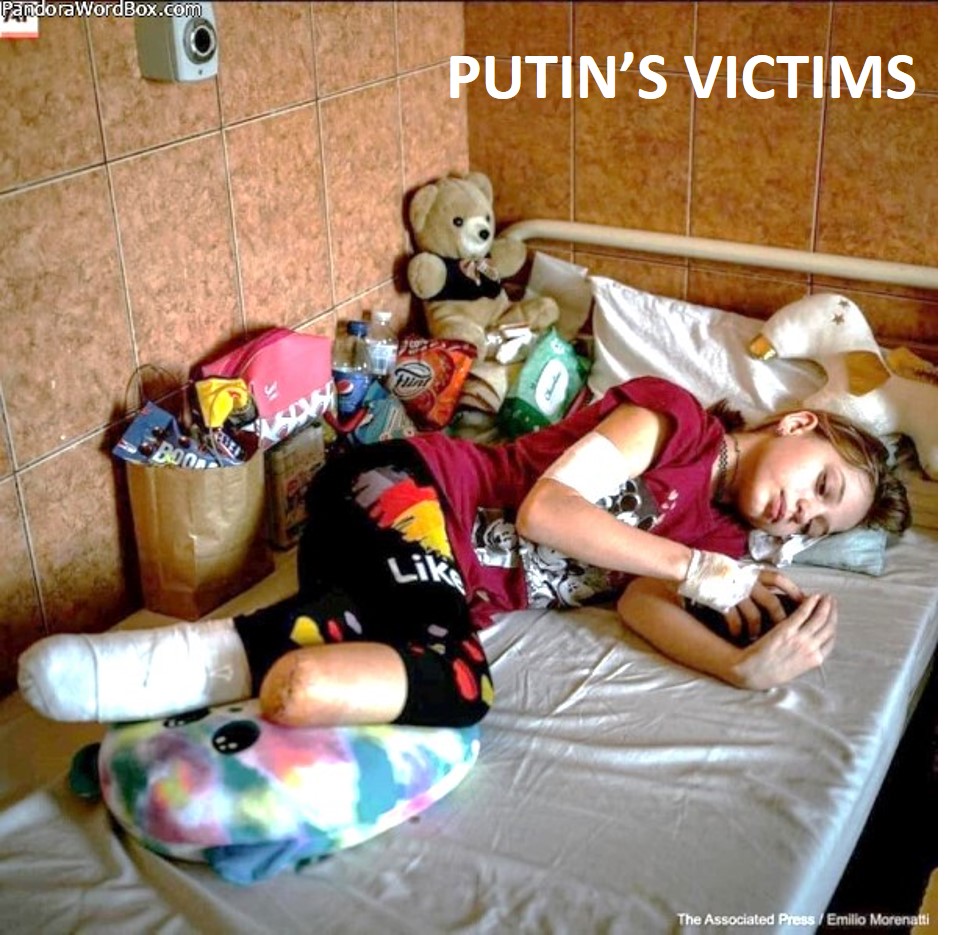Population-Based Studies of Birth Defects in Norway
|
Birth defects are likely to recur in families. In 1994, R. T. Lie et al. reported the results on the basis of a study of more than 371,000 mothers and both their first and second infants (N. Engl. J. Med. 331: 1, 1994). Their main conclusions were that environment plays a strong part in repeated defects, that the risk of the same defect in the second infant is substantially increased and that the risk of a different defect in the second infant is slightly increased.
Regarding environmental factors, the mothers who remained in the same municipality during both pregnancies had a significantly higher relative risk of having a second infant with the same defect as compared to those who moved to another municipality (11.6 vs. 5.1).
Regarding genetic factors, a second-born infant was 7.6 times more likely to have the same defect as the first-born infant compared to a 1.5 times higher risk of a different defect. These conclusions are consistent with the results of a second study.
The second study reported by Dr. R. Skajaerven et al. was based on the analysis of data from 500,000 women registered in Medical Birth Registry of Norway (N. Engl. J. Med. 340: 1057, 1999). The registry includes defects identified in the hospital during the first week after birth.
This extensive investigation showed the considerable impact of birth defects on infant mortality, survival and procreation. Death attributable to birth defects was most prominent prenatally and during the first year (see table). Survival was 18% worse than among those with malformations (80% vs 98%).
Children of women with birth defects had more congenital malformations (3.8% vs. 2.4%). The relative risk for the birth defect of a child to be the same as that of the mother was significantly elevated. On the other hand, the risk for the birth defect of the infant to be different from that of the mother was not elevated (table below).
The birth defects with the highest recurrence risk to occur in both mother and child were cleft palate and cleft lip (relative risks of 82 and 38). The pooled risk relative risk for a malformation different from that of the mother was not elevated (near 1).
The authors point out that this study paints a limited picture because of the limited number of categories of birth defects investigated. This is underscored by the relatively low rate of birth defects in the cohort of women investigated (1.8%). Nonetheless the conclusions reached are firm, and underscore the major impact of birth defects upon human health.
|
Age-Specific Death Rates (x 1000) |
|||
|
Age |
Birth Defects |
Relative Risk |
|
|
Yes |
No |
||
|
Stillborn |
69.0 |
10.6 |
6.5 |
| Liveborn | |||
| Age 1 yr | 113.5 | 7.7 | 14.8 |
| Age 2 yrs | 7.4 | 0.6 | 12.0 |
| Age 3-4 yrs | 5.8 | 0.8 | 6.9 |
| Age > 4 yrs | 3.2 | 1.3 | 2.5 |
|
Birth Defects in both Mothers & Infants |
||
|
Birth Defect |
Observed |
Expected |
| Same | 26 | 3.94 |
| Different | 36 | 34.6 |






